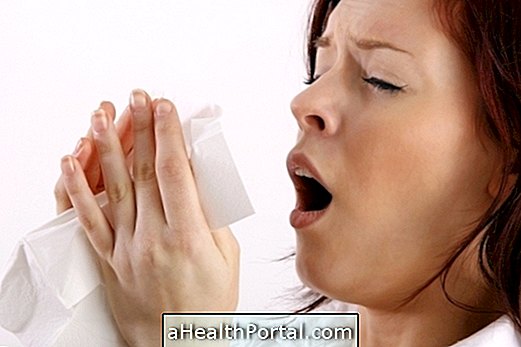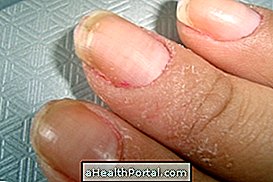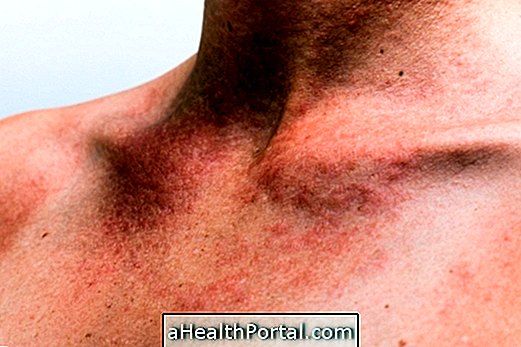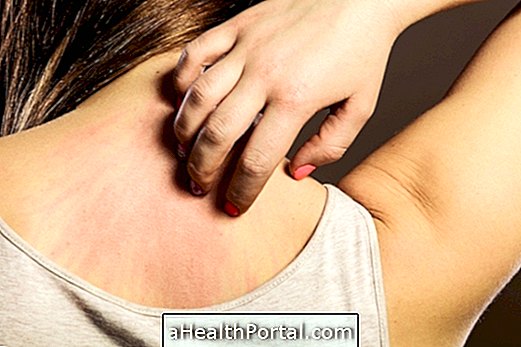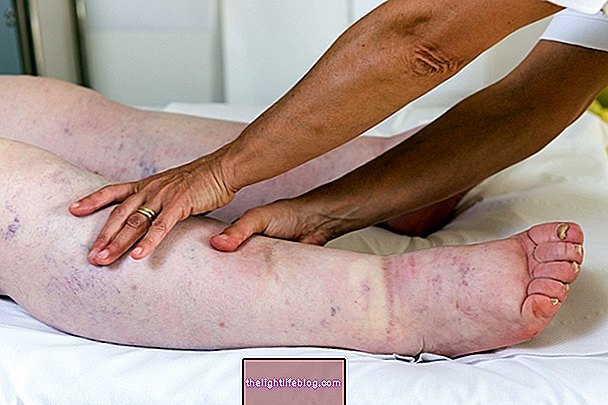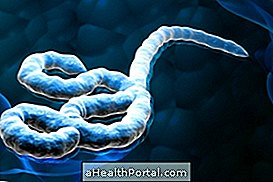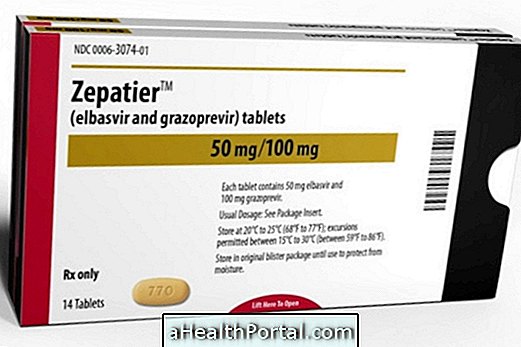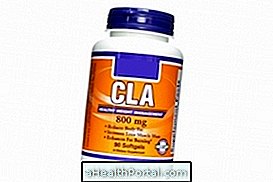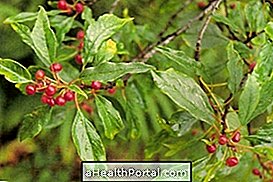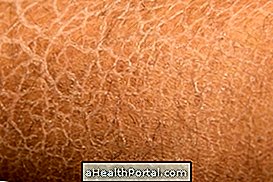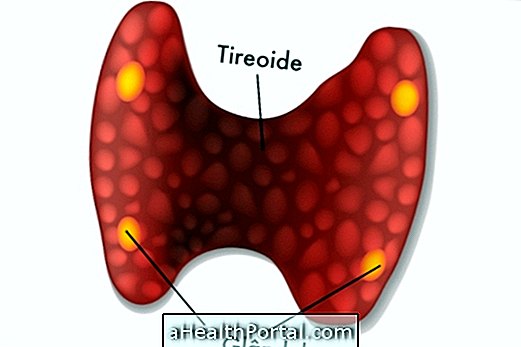Any insect bite causes a small allergic reaction with redness, swelling and itching at the site of the bite, however, some people may have a more severe allergic reaction that can cause swelling of the entire affected limb or other body sites.
In the vast majority of cases, symptoms can be relieved by passing a pebble of ice on the spot and using an antiallergic ointment, but in some people the allergic reaction may be so severe that it may be necessary to treat corticosteroid-based ointments or even taking epinephrine if the symptoms put your life at risk.
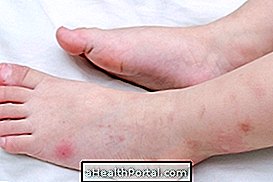

Signs of allergy to insect bite
People who are more sensitive to insect bites may have some allergy symptoms, such as:
- Redness and swelling of the affected limb;
- Severe pain or itching at the affected site;
- Exit of a fluid fluid and transparent by the location of the bite.
It is considered allergy to sting when these symptoms arise after the sting of a non-venomous insect such as mosquito, ant, bee or flea, for example.
Warning signs to go to the hospital immediately
Some people may have an exaggerated allergic reaction, called anaphylactic shock, and in these cases it is very important to go to the hospital immediately if signs such as:
- Rapid drop in blood pressure;
- Feeling of fainting;
- Dizziness or confusion;
- Swelling of the face and mouth;
- Extremely difficult to breathe.
The difficulty to breathe occurs due to swelling of the throat that prevents the passage of air. In these cases, the reaction is very rapid and the individual should be taken to the hospital as soon as possible, as there is a risk of death from asphyxiation.
In the case of a poisonous animal such as a snake or a spider, for example, it is necessary to call for medical help, call 192, or go to the hospital.
Ointment for insect bite allergy
For the treatment of a small allergy to insect bites, ice is recommended to be infused in the area for up to ten minutes and at most one ointment such as Polaramine, Andantol, Polaryn or Minancora 2 to 3 times a day for 5 days . In addition, it is recommended to avoid scratching the area, as this action can lead to increased skin irritation.
These ointments may be purchased at the pharmacy, even without a prescription, but the red, painful, swollen area should be shown for the pharmacist to indicate the best possibilities.
If you prefer a more natural treatment, check out some home remedies that can be used to complete medical treatment.
However, if the area becomes more and more swollen, it is recommended to go to the doctor and, if possible, the insect that stings it, so that it is identified. This is important because if a bee sting, for example, it is necessary to remove the stinger left by it so that the wound is cured.

